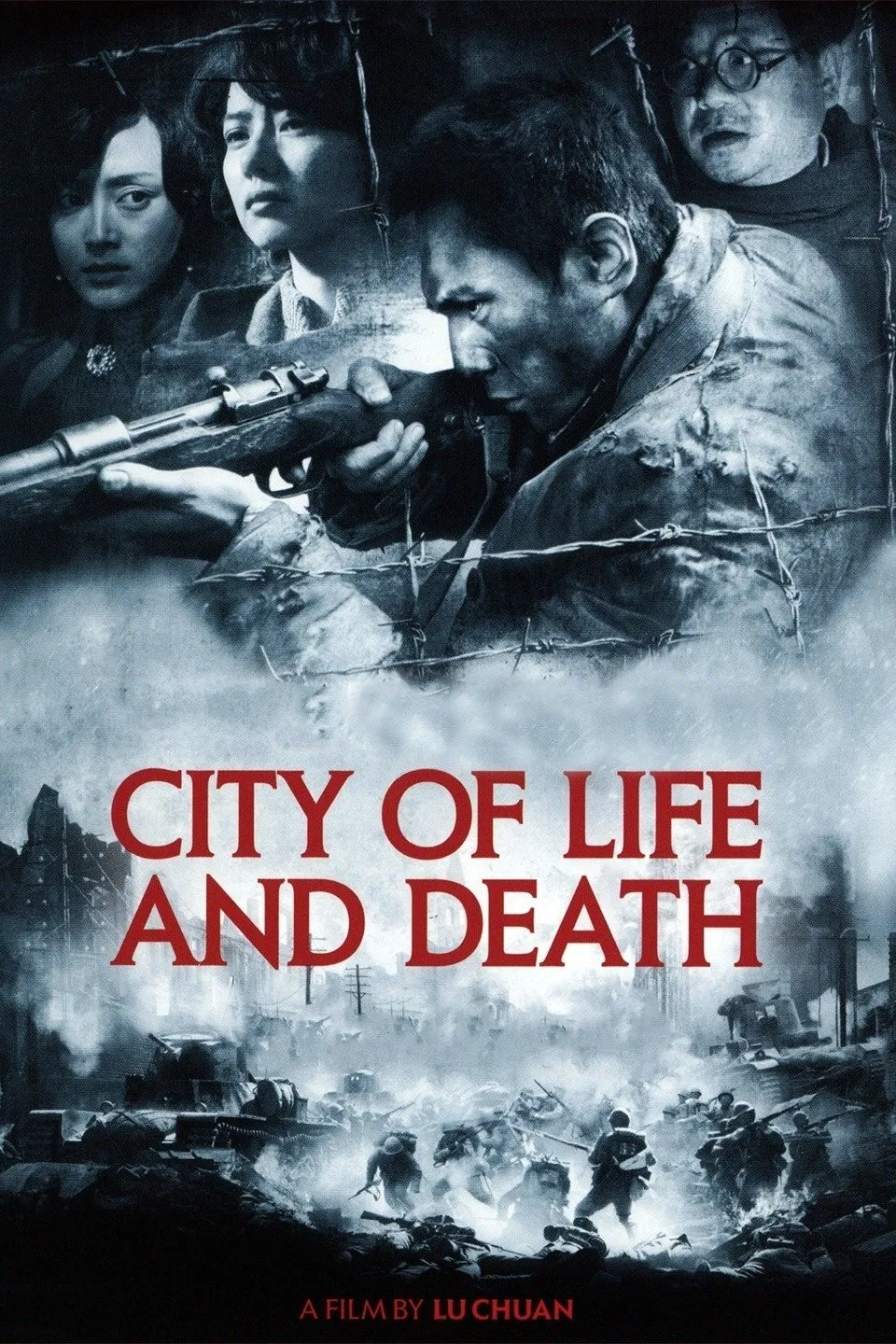Historical accuracy of City of Life and Death

Historical accuracy of City of Life and Death

Characters
Kadokawa
Kadokawa is a fictional character representing the moral struggles of some Japanese soldiers during the Nanking Massacre. While not based on a specific individual, his character explores the internal conflict and disillusionment experienced by some soldiers amidst the atrocities.
John Rabe
John Rabe was a real German businessman who established the Nanking Safety Zone to protect Chinese civilians during the massacre. The film accurately portrays his efforts to save lives and his documentation of the atrocities.
Tang Tianxiang
Tang Tianxiang is a fictional character representing the experiences of Chinese civilians caught in the massacre. While not based on a specific individual, his character embodies the resilience and suffering of the Chinese population during this period.
Miss Jiang
Miss Jiang is a fictional character representing the many women who suffered during the Nanking Massacre. While not based on a specific individual, her character embodies the strength and resilience of women in the face of adversity.
General Matsui Iwane
General Matsui Iwane was a real Japanese general who commanded the forces responsible for the Nanking Massacre. The film portrays his role in the events, but it also explores the complexities of his character and the motivations behind his actions.
Story
Mass killings of Chinese civilians
The film portrays the widespread atrocities committed by Japanese soldiers, including mass killings, rape, and looting.
Nanking Safety Zone
The film shows the establishment of a Safety Zone by foreign nationals to protect Chinese civilians, though its effectiveness was limited.
Japanese soldiers' brutality
The film realistically portrays the horrific violence and atrocities committed by Japanese soldiers against civilians and prisoners of war.
Chinese resistance and collaboration
The film shows both acts of resistance and collaboration by Chinese individuals, reflecting the complex realities during the occupation.
Rape and sexual violence
The film does not shy away from depicting the widespread sexual violence perpetrated by Japanese soldiers against women and girls.
Refugees seeking safety
The film portrays the desperate attempts of civilians to seek refuge and safety during the massacre.
Scene of the 'killing contest'
The film depicts a contest between two Japanese officers to see who could kill 100 people first, a documented atrocity.
Depiction of Japanese military leadership
The film shows the Japanese military leadership's role in the atrocities, but may not fully explore the complexities of command responsibility.
Emotional impact on survivors
The film powerfully conveys the physical and psychological trauma experienced by survivors of the massacre.
Long-term consequences of the massacre
The film primarily focuses on the events of the massacre itself, with less emphasis on the long-term consequences for survivors and Sino-Japanese relations.
Setting
Setting: Nanking Massacre
The film depicts the Nanking Massacre, the brutal occupation of Nanjing by the Japanese Imperial Army in 1937-1938.
